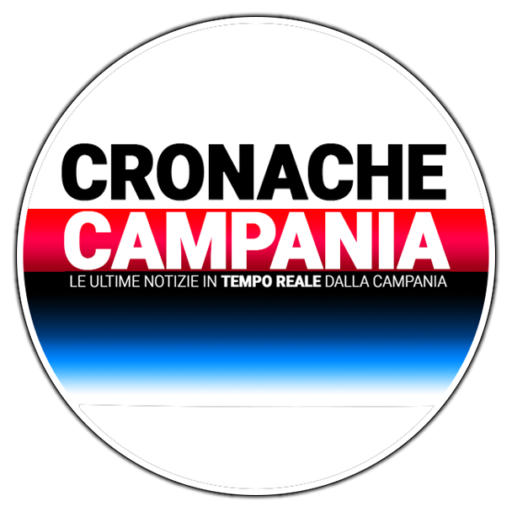L'the intervention was supported by the UNIC-Concerie Italiane Lineapelle group. The site represents an extraordinary testimony of ancient artisanal activities.
Inauguration June 29th at 16,00 pm (entrance from Piazza Esedra)
The ARTISAN SHOPS ITINERARY starts from June 29th to August 1st
Restoration of the ancient tannery of Pompeii, the largest artisanal leather processing plant found in the ancient city, has been completed.
The complex of the ancient tannery is reopened to the public, at the end of a large restoration operation resulting from the collaboration between the Archaeological Park of Pompeii and the UNIC-Concerie Italiane Lineapelle group, which supported the costs of the intervention.
Tomorrow, June 29th at 16,00:XNUMX pm, official presentation of the restoration, in the presence of officials of the Archaeological Park and the UNIC Lineapelle top management.
The visit to the tannery will be supported by an educational exhibition that illustrates how the leather processing was carried out in ancient times and by the display of original tanning tools, according to the model of the "diffused museum", already successfully tested in Pompeii, as well as a 3D tactile model for the visually impaired with a legend in Braille.
Among the reproductions in copy, instead, the famous mosaic of the Memento Mori (original at the Mann) at the canteen of the Open-Air Triclinium, created by the Mosaic Restoration Laboratory of the RavennAntica Foundation.
The restoration and enhancement intervention was carried out under the operational and scientific direction of the Park, which oversaw the planning through its officials. To allow a substantial improvement in the use of the areas, also subject to tragic events following the war damages during the Second World War, walkways were created for the visit and important interventions of care and maintenance of the greenery and reconstruction of the pergola.
The opening of the tannery is part of the new proposal of the Archaeological Park of Pompeii, an itinerary of artisan workshops that from June 30th to August 1st, will allow you to visit some facilities dedicated to different types of activities. And so in addition to the tannery, the Fullonica (the ancient laundry), the Bakery of Popidio Prisco and the Garum Shop, where the precious condiment based on fish sauce was produced.
“Another important site of the excavations is being returned to use, which we are sure will be appreciated by the many visitors who have chosen Pompeii as a destination for their travels in recent months. – declares the Director of the Park, Gabriel Zuchtriegel – The proposal to include it in an itinerary of artisanal plants is aimed at also telling the aspects of a productive and commercial city, and not only the Pompeii of the Domus with magnificent frescoes. The sponsorship of the UNIC-Concerie Italiane Lineapelle group represents a virtuous example of public-private collaboration, it fits fully into the path undertaken by the Archaeological Park in this direction - and in a planned manner - through the activity of the Fundraising Office. Thanks to these collaborations, new important synergies are triggered, which are able to give life to new cultural processes.”
“UNIC strongly believes in this restoration operation– explains the UNIC Director, Fulvia Bacchi – which has a profound value under many aspects and has seen us collaborate with commitment with the Archaeological Park of Pompeii. It is a tribute to history that through the valorization of the roots of our activity allows us to create a bridge between ancient traditions and the future”.
“We believe that companies– says the President of Lineapelle, Gianni Russo – can be aggregators of social interests, of stimulus in the territories of reference". "The industry is an expression of the cultural baggage of a country– adds the President of UNIC, Fabrizio Nuti – and the tannery certainly is for Italy, with its internationally recognized leadership role in the sector. The restoration of Pompeii expresses a virtuous synthesis of the dialogue between the world of business and culture with potential beneficial effects on the entire community”.
THE TANNERY and the LEATHER WORKING PROCESS IN ANCIENT POMPEII
Brought to light at the end of the 800th century and located in Regio I of the excavations (Insula 5), the tanning plant was identified as such on the basis of epigraphic evidence, of the tools found during the excavation, as well as of the production facilities, very similar to those used in medieval and modern tanneries.
The plant was installed around the middle of the 62st century AD in place of an older dwelling, coming to occupy almost the entire insula. Following the damage caused by the earthquake of XNUMX AD, the artisan plant underwent important modifications that made it more functional, giving it its current appearance.
The various operations that made up the leather processing were carried out in functionally distinct sectors of the building: the washing of the hides, which required the use of smelly substances, was carried out inside the dolia (containers) supplied with water under the portico or, perhaps, far from the complex on the banks of the Sarno.
The actual tanning with the maceration of the hides took place inside the fifteen large cylindrical tanks preserved in one of the rooms of the building. Finally, the hides were beaten under the porticoed area and worked in the small rooms that follow one another on the eastern side of the peristyle, divided from each other by low transverse walls. Leaning against the western wall of the peristyle is also a large summer triclinium intended for the guests of the coriarius (owner of the business), who had his residence inside the complex.
In the context of ancient artisan production, the tannery of Pompeii constitutes an exceptional document.
Article published by Regina Ada Scarico on June 28, 2023, at 17:30 AM










Leave a comment